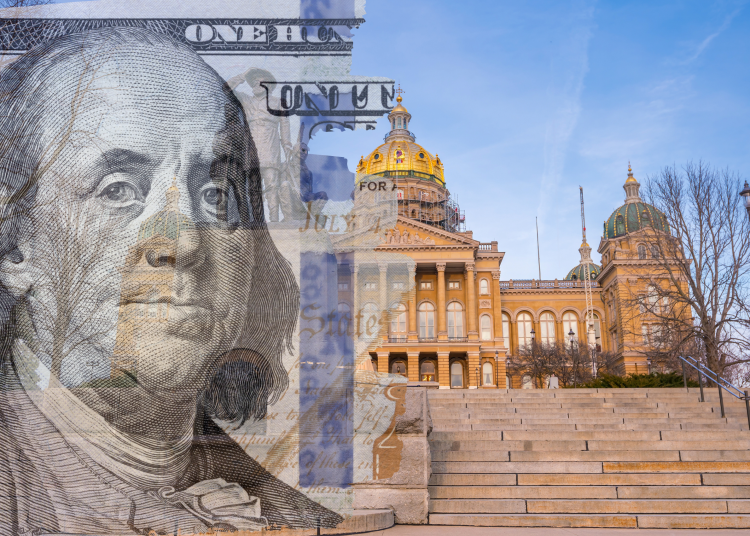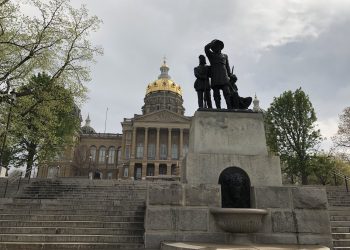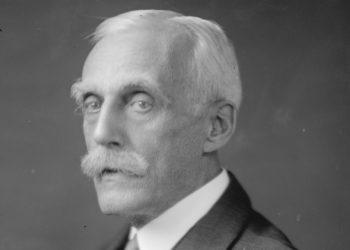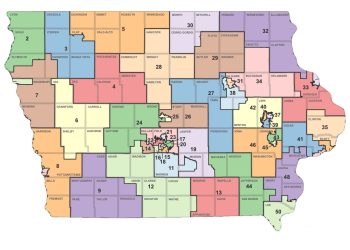President Calvin Coolidge regarded “a good budget as among the most noblest monuments of virtue.” President Coolidge’s fiscal conservatism is being exemplified at the state level by Iowa Governor Kim Reynolds, who is making fiscal conservatism a priority resulting in benefits to Iowans. Governor Reynolds, just as with Coolidge, understands that prudent budgeting is a virtue.
Despite the national economic malaise from high inflation and stagnant growth, Iowa’s fiscal foundation was strong heading into the 2023 legislative session.
Last year, Governor Reynolds and the Iowa Legislature continued to place a priority on prudent budgeting. The general funds budget for fiscal year 2023 was $8.2 billion, increasing by just 1 percent from the prior year. This session the legislature enacted an $8.5 billion budget for fiscal year 2024 that funds the priorities of government.
In January, Governor Reynolds proposed an $8.48 billion budget, which reflected her priorities including funding the Students First Act, which created a universal Education Savings Account. After negotiations between the House and Senate, the Legislature passed a budget that was a slight increase from the Governor’s original proposal. The $8.5 billion budget spends only 88.25 percent of projected tax collections.
Critics will argue that the legislature did not spend enough, but government spending continues to increase. In fact, it is only in government finance that slowing the growth of spending is seen as a cut.
Since 2018, Governor Reynolds and the Legislature have placed an emphasis on passing tax reforms and restraining the growth of spending. This approach has left more money in taxpayers’ pockets with a substantial tax relief package headed toward a low flat tax by 2026. What too many people overlook is that significant tax cuts like Iowa’s are only made possible by years of prudent and conservative budgeting. Without spending restraint, any tax relief, regardless of the tax, becomes impossible.
The evidence is clear that prudent budgeting is paying off for Iowans.
Iowa’s budget continues to be in surplus. The surplus for fiscal year 2023 is projected to be $1.7 billion and the current estimated surplus for fiscal year 2024 is projected to be $2 billion. In addition, Iowa’s reserve accounts (Cash Reserve Fund and the Economic Emergency Fund) will continue to be funded at their statutory limits with a combined balance of over $961 million. The Taxpayer Relief Fund will also continue to increase. The balance in the Taxpayer Relief Fund for fiscal year 2023 is $2.7 billion and this is estimated to increase to $3.5 billion in fiscal year 2024.
Both Governor Reynolds and legislative leaders have signaled that further income tax reform will be a priority for the 2024 legislative session. The Taxpayer Relief Fund, which was originally created for the purpose of income tax relief, will be instrumental in further income tax rate reductions. Iowa Senate Republicans introduced an income tax reform proposal this past session that if enacted would have sped up the income tax rate cuts and used the Taxpayer Relief Fund to phase-out the income tax altogether.
In addition to restraining spending, Governor Reynolds also made some important reforms that will impact future state spending. Governor Reynold’s state government reform measure, consolidates and makes government more efficient. The Governor’s proposal is to reduce the number of executive-level agencies from 37 to 16, streamlining and reducing bureaucracy while saving taxpayer dollars. It is estimated that this will save taxpayers over $214 million over four years. This was the first major reform of Iowa’s bureaucracy in nearly 40 years.
In its Fiscal Policy Report Card on America’s Governors 2022, the Cato Institute ranked Governor Reynolds as the best governor. This year, Governor Reynolds and the Legislature are continuing this trend. Iowa is at the forefront of conservative budgeting that other states and the federal government should follow.
















